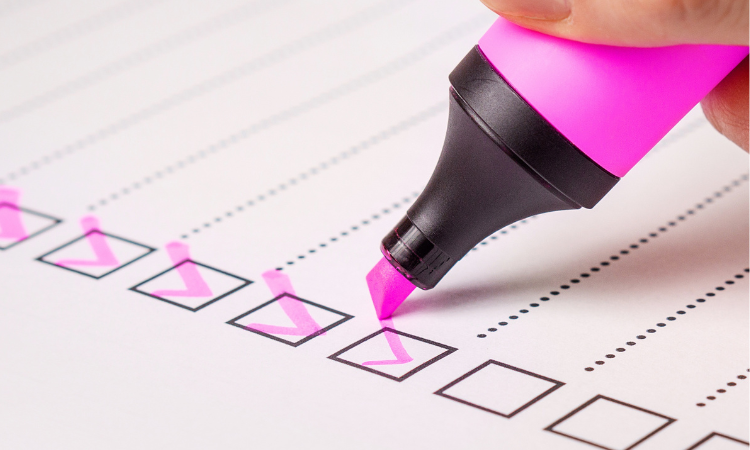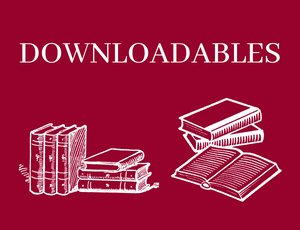Information evaluation

Why do we need to evaluate the information?
Once you have found information that matches the topic and requirements of your research, you should analyse or evaluate these information sources. Evaluating information encourages you to think critically about the reliability, validity, accuracy, authority, timeliness, point of view or bias of information sources.
Just because a book, article, or website matches your search criteria and thus seems, at face value, to be relevant to your research, does not mean that it is necessarily a reliable source of information. It is important to remember that sources of information comprising the Library’s print and electronic collections have already been evaluated for inclusion among the Library’s resources. However, this does not necessarily mean that these sources are relevant to your research.
This does not necessarily apply to sources of information on the Web for the general public. Many of us with Internet/Web accounts are potential publishers of websites; most of this content is published without editorial review. Think about it. Many resources are available to help with evaluating web pages.
The easiest way to evaluate the information is to ask proper questions. What criteria should you use to judge information sources?
- Initially, look at the author, title, publisher, and date of publication. This information can be found in the bibliographic citation and can be determined even before you have the physical item in hand.
- Next, look at the content, e.g. intended audience, objectiveness of the writing, coverage, writing style, and, if available, evaluative reviews.
For example, following questions should be asked in order to step-by-step evaluate the quality of information:
Who is the author (may be individual or organization) and/or publisher?
- What are the credentials and affiliation or sponsorship of any named individuals or organizations?
- How objective, reliable, and authoritative are they?
- Have they written other articles or books?
- Is the author(s) listed with contact information (street address, e-mail)?
- Has the publisher published other works?
- Do they specialize in publishing certain topics or fields?
- Is the publisher scholarly (university press, scholarly associations)? Commercial? Government agency? Self (“vanity”) press?
What can be said about the content, context, style, structure, completeness and accuracy of the information provided by the source?
- Are any conclusions offered? If so, based on what evidence and supported by what primary and secondary documentation?
- What is implied by the content?
- Are diverse perspectives represented?
- Is the content relevant to your information needs?
When was the information published?
- Publication date is generally located on the title page or on the reverse side of the title page (copyright date).
- Is the information provided by the source in its original form or has it been revised to reflect changes in knowledge?
- Is this information timely and is it updated regularly?
Where else can the information provided by the source be found?
- Is this information authentic?
- Is this information unique or has it been copied?
- Why was the information provided by the source published?
What is the context around this information?
- What are the perspectives, opinions, assumptions and biases of whoever is responsible for this information?
- Who is the intended audience?
- Is anything being sold?
A CRAAP (an acronym for Currency, Relevance, Authority, Accuracy, and Purpose) test is a good example and also a solution how to evaluate the quality of the sources of information: https://researchguides.ben.edu/source-evaluation.
A proper introduction to evaluation of information is crucial in order to achieve desirable results for digital literacy skills improvements especially while providing the learners the directions and guidelines for their self-improvement and self-learning by practice.

